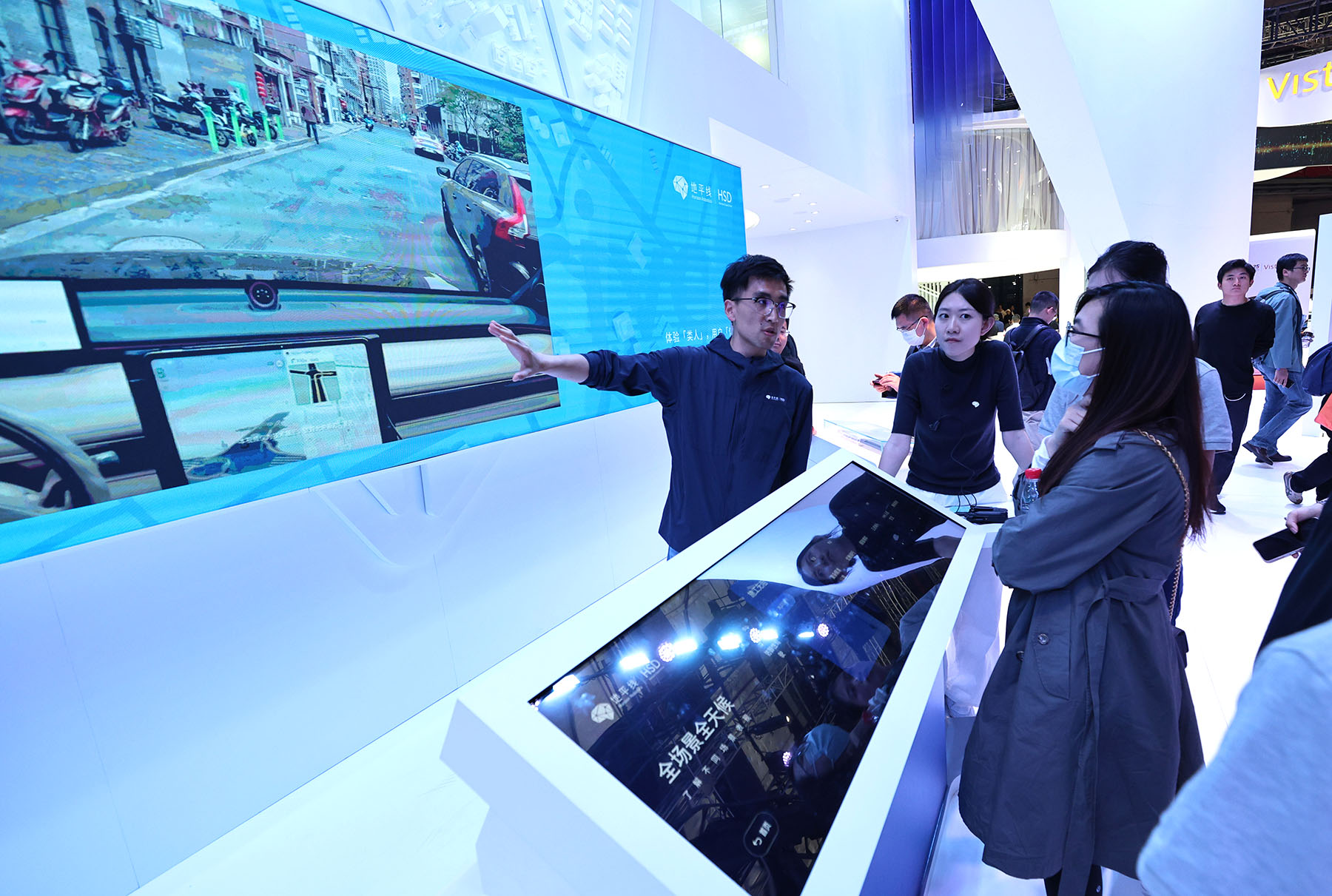
Targeting long-standing issues such as high accident rates, China is accelerating the intelligent upgrade of its commercial vehicle sector by strengthening safety regulations and introducing new technical standards.
In a move that underscores this shift, the Ministry of Transport recently released a slew of revised technical standards including the safety technical conditions for operational trucks. The updated requirements stipulate that starting July 1,2025, all newly manufactured operational trucks must be equipped with advanced safety technologies such as electronic stability control and autonomous emergency braking systems (AEBS).
AEBS, a key component of active vehicle safety, enables vehicles to automatically apply brakes in emergency situations and serves as a foundational technology for advanced intelligent driving.
READ MORE: Stricter controls imposed on marketing of smart driving cars
According to Gao Deng, chief automotive industry analyst at Guolian Minsheng Securities, the policy shift represents not only a mere technical upgrade, but also a fundamental transformation in automotive safety philosophy.
"In the past, active safety features were often used by automakers as marketing tools to differentiate their products," Gao said. "But going forward, they will become baseline requirements for market entry and product compliance. This shift will redefine the competitive rules of China's automotive market."
Echoing the regulatory update, a recent transport safety assessment program (CT-SAP) was released by China Merchants Testing Vehicle Technology Research Institute (CMVR), China Road Transport Association and other institutions this month.
Aiming to address safety challenges faced by smart commercial vehicles in an active way, the safety assessment program builds an evaluation framework based on four core dimensions: driver monitoring, visibility monitoring, driving safety and emergency safety.
"The release of CT-SAP will directly accelerate the standardization of active safety technologies in commercial vehicles," said Shi Jianeng, vice-president of Chinese automaker Dongfeng Liuzhou Motor's research institute.
"Active safety is not just a technical upgrade. It signals a shift in governance logic across the industry," Shi said, adding that through intelligent perception, precise decision-making, and proactive intervention, it can efficiently improve risk control and reshape the industry's safety ecosystem.
Liu Jian, general manager of the intelligent driving division at CMVR, highlighted three core features of the newly released assessment program.
ALSO READ: Exports behind growth of car sales
Firstly, it focuses on scenario-based evaluation, specifically addressing safety challenges in trunk logistics and urban delivery. Secondly, it puts emphasis on complex conditions such as low-light environments during early morning, dusk, or nighttime. And thirdly, testing under actual vehicle load conditions, targeting braking and emergency avoidance performance during full-load and trailer operations.
"We hope to use the new standard as a bridge to retrofitting safety features in the aftermarket and integrating them into vehicles at the manufacturing stage," Liu said. "The goal is to bring these technologies into the mainstream product pipeline."
Driven by both regulatory upgrades and market demand for smarter safety solutions, the commercial vehicle active safety market is poised for growth. According to market consultancy QYResearch, the global market for active safety systems in commercial vehicles is expected to have reached $4.5 billion in 2024 and will grow at a compound annual rate of 3.8 percent to $5.8 billion by 2031.
Contact the writer at lijiaying@chinadaily.com.cn


